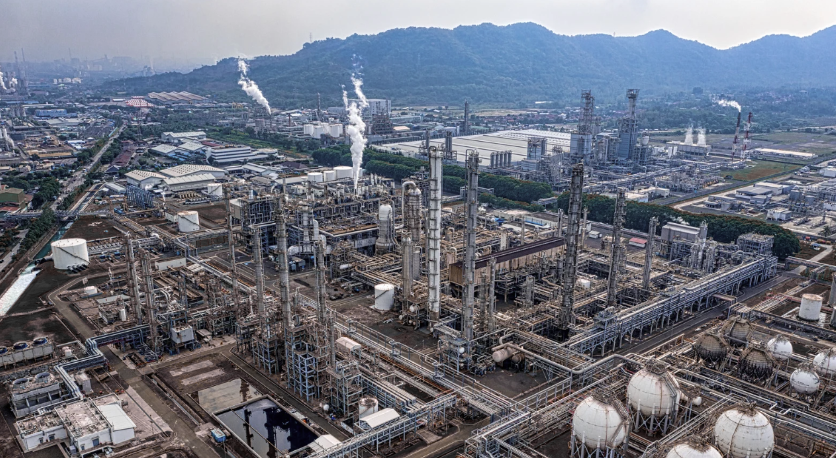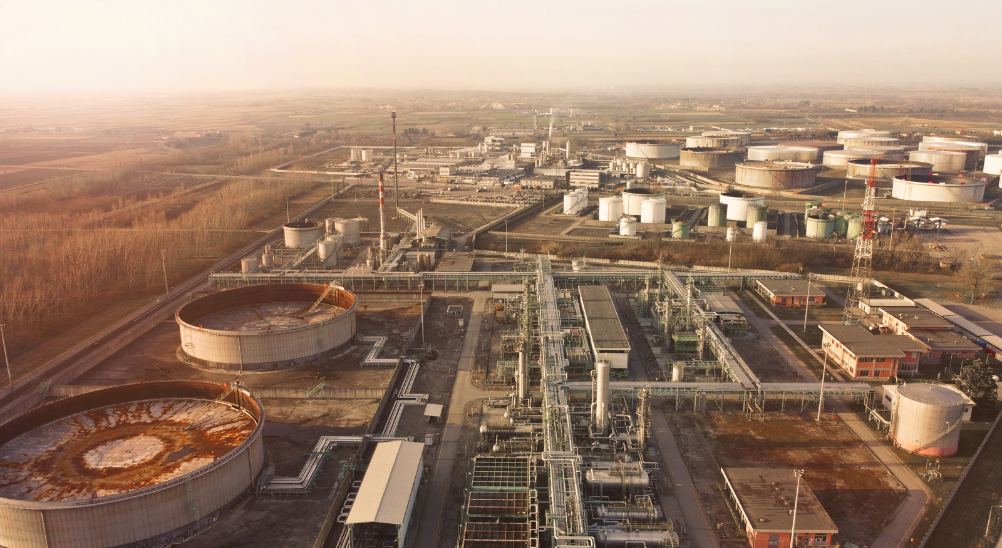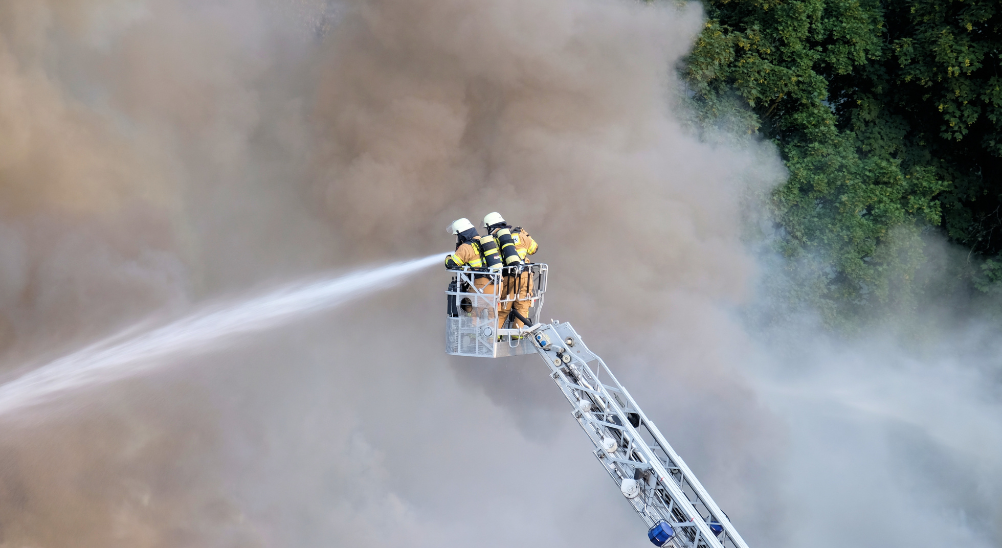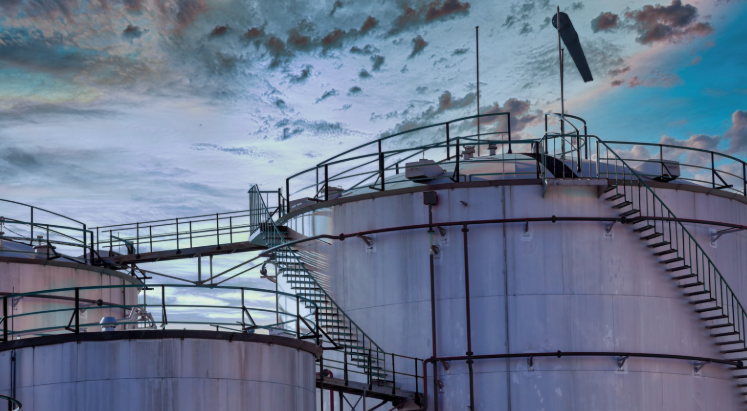Robust Hydraulic Analysis Enables Streamlined Foam System Retrofit at Petrochemical Marine Terminal
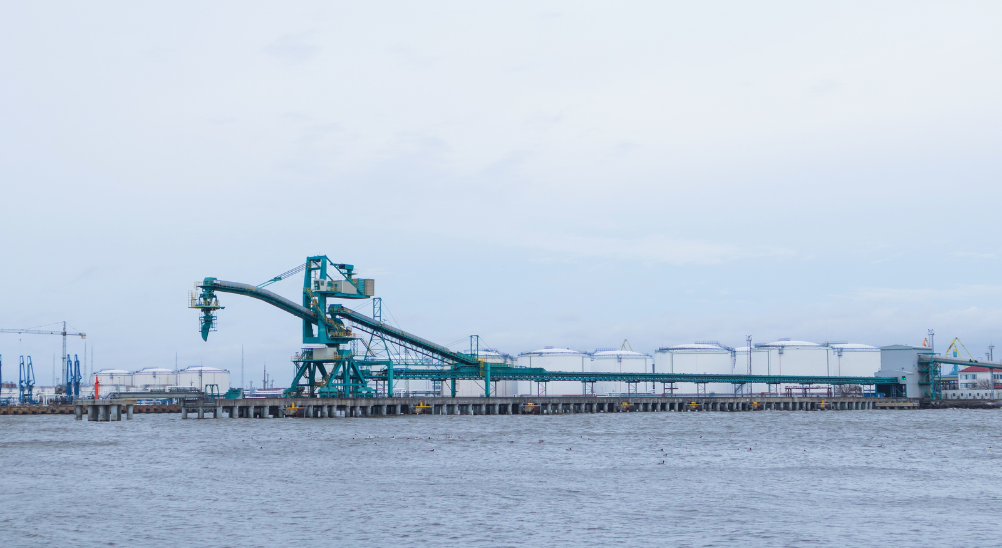
Sector and Services: Petrochemical | Feasibility Study and Engineering Design
Context and Challenge: Our client operates a marine terminal berth dedicated to fuel cargo vessel loading and unloading. The existing foam firefighting system, comprising remote-controlled foam monitors and a pumped proportioning mechanism, was increasingly problematic due to corroded stainless steel piping and frequent pump failures. Additionally, unreliable proportioning rates led to escalating maintenance costs and significant business risks. The client required a robust, simplified foam proportioning solution, minimizing mechanical complexity and improving system reliability.
A key constraint involved the precise operational limits of foam inductors—venturi devices sensitive to specific hydraulic conditions. Without clear data on existing fire pump performance, accurately specifying these inductors posed a challenge.
Our Approach: We initiated the project with a detailed feasibility study to evaluate transitioning from a pumped system to foam induction. Initial assessments revealed uncertainties due to poorly documented existing fire pump performance. To overcome this, our team:
- Conducted comprehensive on-site fire pump performance testing.
- Executed advanced hydraulic calculations to precisely determine pressures at critical riser points.
- Developed rigorous specifications, ensuring manufacturer calibration matched our confirmed hydraulic data.
Our integrated method combined empirical site testing and sophisticated hydraulic modelling—a hallmark of our technical approach—ensuring certainty and reliability in complex retrofit scenarios.
Technical Solution and Innovation: The implemented solution simplified the foam firefighting system significantly by eliminating problematic foam pumps and extensive corrosion-prone pipework. Strategically located foam inductors, selected through precise hydraulic calculations accounting for the unique non-Newtonian behavior of foam concentrates, delivered accurate proportioning with fewer mechanical components. The solution notably accounted for the large pressure drops characteristic of foam inductors, ensuring sufficient pressure to supply foam monitors positioned at height.
This methodology represented a marked improvement over traditional proportioning systems, drastically reducing potential failure points and maintenance needs.
Outcomes and Benefits:
- Improved Reliability: Significantly reduced mechanical complexity enhanced system dependability and operational resilience.
- Simplified Maintenance: Reduced number of components and shorter pipe runs substantially minimized ongoing maintenance and associated costs.
- Cost Efficiency: Immediate operational cost savings, coupled with substantial long-term reductions in maintenance expenses.
Why This Matters: The project highlights the value of precise hydraulic modelling and practical empirical testing in enabling effective engineering solutions for complex infrastructure retrofits. By delivering simplified, reliable systems, the client gained lasting operational efficiency, demonstrating a best-practice model for similar facilities in the petrochemical sector.



